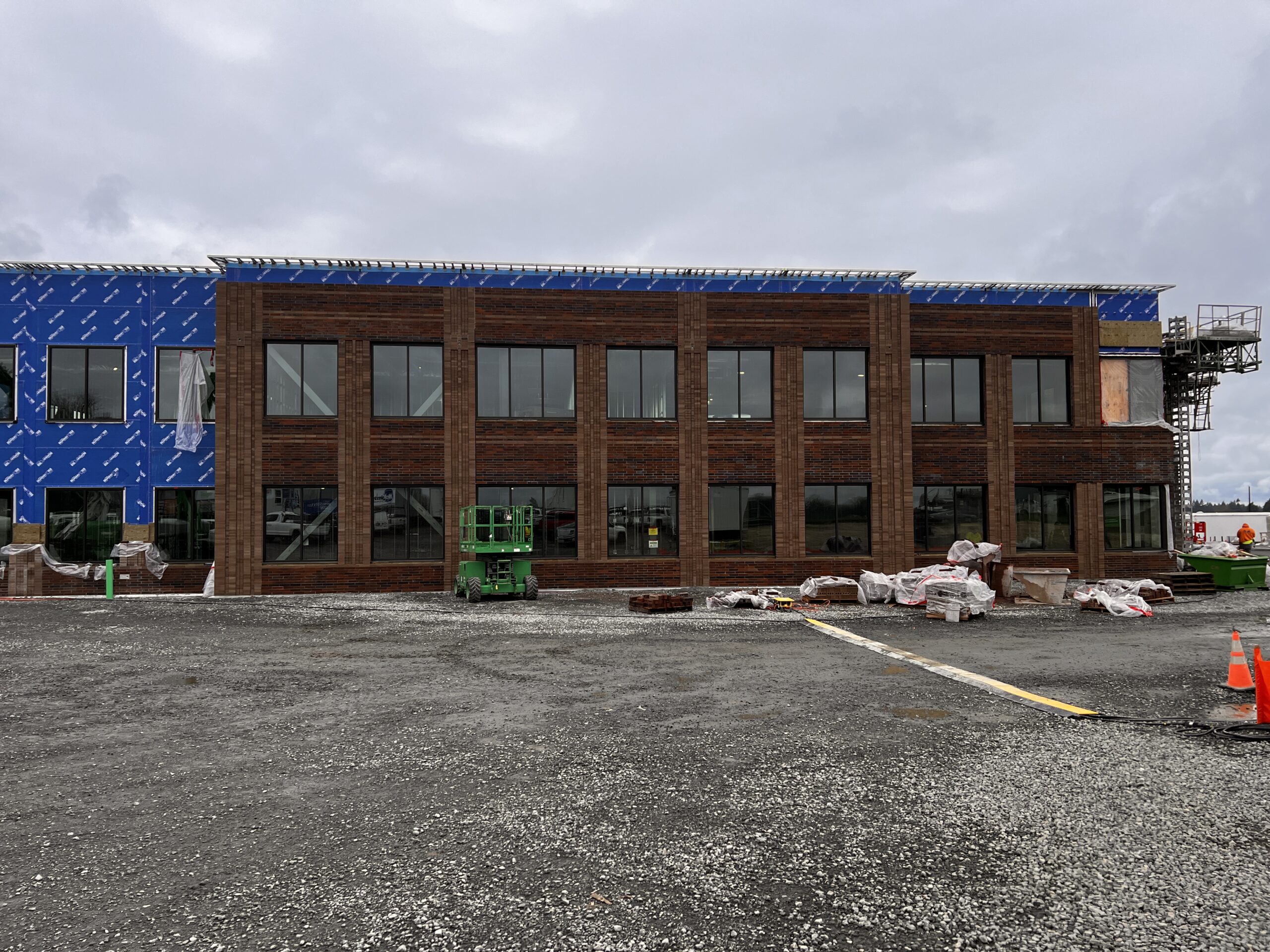In the realm of construction and building design, the term “commissioning” has grown from a niche concept to a cornerstone of sustainable development. Originally derived from shipbuilding, where commissioning ensured a vessel was ready for sea, building commissioning has adapted to ensure that structures are designed, constructed, and operated to fulfill their intended performances. Particularly, building enclosure commissioning (BECx) has come to the forefront, emphasizing the significance of the building’s envelope in energy efficiency and environmental sustainability. This blog delves into the history, current trends, and future outlook of BECx, highlighting its symbiotic relationship with programs like LEED (Leadership in Energy and Environmental Design).
The Ascendance of Enclosure Commissioning
The building envelope encompasses all components that separate the interior from the exterior environment, including walls, roofs, windows, and doors. The focus on BECx has intensified, driven by the understanding that a well-designed and executed envelope is critical for energy conservation, comfort, and sustainability. The catalyst for this shift includes not only technological advances but also regulatory changes and a heightened collective consciousness towards energy consumption and its environmental impact.
Navigating the Codes: BECx and Energy Regulations
The intertwining of BECx with energy codes marks a pivotal development in building practices. As governments and regulatory bodies have tightened energy standards—evidenced by successive iterations of the International Energy Conservation Code—commissioning has emerged as a key strategy to meet these demands. These regulations increasingly recognize the envelope’s role in a building’s energy profile, pushing for more rigorous design, testing, and maintenance practices.
LEED: Championing Enclosure Commissioning
The integration of BECx within LEED’s framework exemplifies the shift towards holistic, performance-based building strategies. LEED, a globally recognized green building certification system, has progressively woven enclosure commissioning into its criteria, recognizing the envelope’s impact on energy efficiency, indoor air quality, and overall sustainability. By offering credits for BECx, LEED incentivizes builders and developers to adopt these practices, fostering a built environment that is fostering a built environment that is efficient, sustainable, and built to last.
The Horizon of Enclosure Commissioning
As Building Enclosure Commissioning (BECx) propels us towards smarter, more responsive buildings, the integration of digital modeling, materials science, and renewable energy sources is elevating the sophistication of building envelopes. This shift, coupled with the rise of smart buildings enabled by the Internet of Things (IoT), forecasts a future where commissioning is a dynamic, ongoing process, adapting to ever-changing conditions and occupant needs. Crucially, our advancements in sustainable design across HVAC, plumbing, electrical, and renewable systems highlight the significant environmental impact of efficient building enclosures. By improving the performance of these envelopes, we minimize the need for HVAC systems to run, underscoring the importance of focusing on building envelopes as a pivotal factor in reducing our ecological footprint and achieving energy-efficient construction.
In Conclusion
The journey of building enclosure commissioning from a specialized practice to a cornerstone of sustainable building design underscores its vital role in the quest for energy efficiency and environmental stewardship. Programs like LEED have been instrumental in this evolution, championing the benefits of BECx to a global audience. As we look towards the future, the continued innovation and adoption of commissioning practices will undoubtedly play a pivotal role in shaping the built environment, ensuring it meets the demands of today while preserving the planet for tomorrow.

